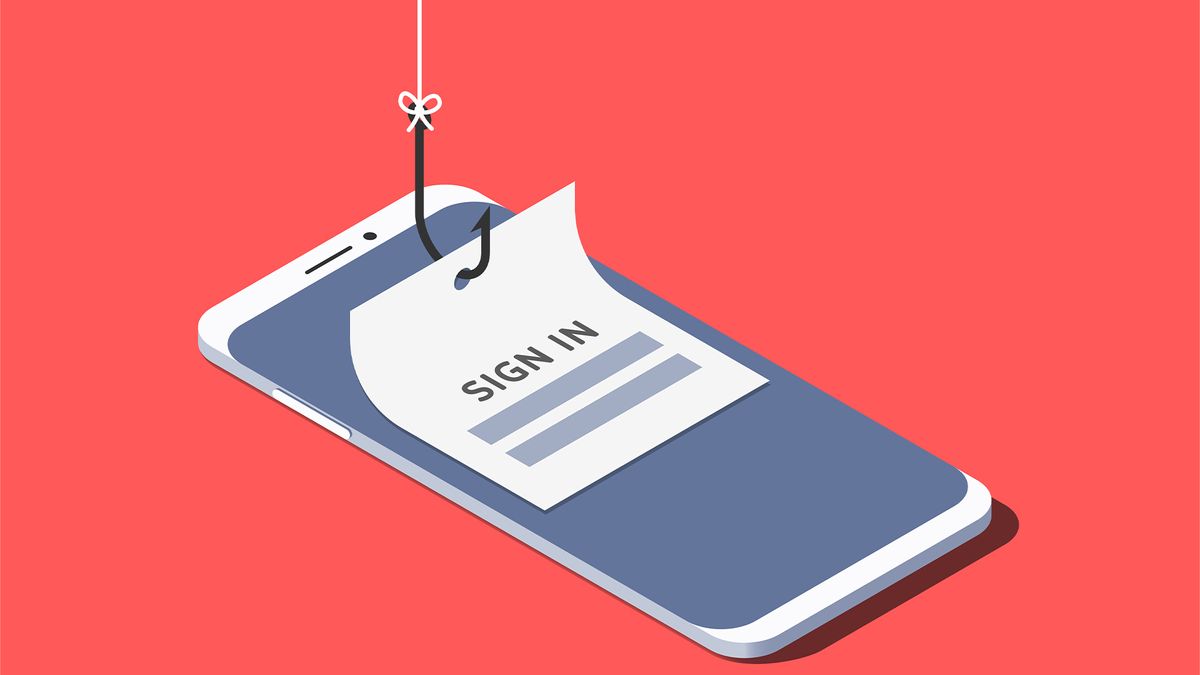While inflation is rising around the world, some things are getting cheaper – and one is the cost of launching a phishing attack.
Phishing kits are now widely available on the dark web and via messaging apps like Telegram, and are often selling for less than $25.
This means that even criminals with minimal tech skills can easily steal personal information, carry out identity theft and access bank accounts. Meanwhile, malware infections can lead to the complete loss of device control, enabling cyber criminals to steal files, encrypt sensitive data, or launch ransomware attacks.
“Phishing kits are a force multiplier for cyber crime. They put powerful attack tools into the hands of people who may not have the skills to build them on their own,” said Adrianus Warmenhoven, a cybersecurity expert at NordVPN.
“With features like drag-and-drop website builders, email templates, and even contact lists, these kits enable even the least technical attackers to carry out professional-looking scams.”
Phishing as a Service is booming
Meanwhile, subscription-based Phishing as a Service (PhaaS) is also on the rise, with these services handling everything from hosting to victim targeting.
“Phishing kits and PhaaS platforms lower the barrier to entry, so we’re seeing a surge in the number and variety of attacks. That means consumers need to be more alert than ever,” said Warmenhoven.
The research team found that last year’s most commonly impersonated brands in phishing attacks were Google, Facebook, and Microsoft – and that fake URLs imitating these popular platforms are a primary method for cyber criminals to harvest credentials.
Nearly 85,000 fake Google URLs were discovered last year.
Similarly, .exe, .zip, .php, .dll and .pdf were the riskiest extensions when downloading files. Video hosting, entertainment and sports, meanwhile, were the domain categories with the most malware.
According to research from Barracuda Networks, the first quarter of this year showed a massive spike in phishing, with more than a million attacks detected by the firm’s systems in January and February.
Tycoon 2FA was the most prominent – and sophisticated – platform, accounting for 89% of incidents in January 2025. Next came EvilProxy, with a share of 8%, followed by a new contender, Sneaky 2FA, with a 3% share of attacks.
To stay safe, Warmenhoven recommended constantly checking suspicious links for misspellings or inconsistencies before clicking, avoiding free video hosting sites, and enabling multi-factor authentication.
“Be cautious of unsolicited emails, especially those offering deals or urgent requests. Always verify the legitimacy of files before downloading and use anti-malware tools to scan them,” he said.
“Protect your privacy using tracker blockers to block personal data collection, and ensure your devices are regularly updated to close security vulnerabilities.”
MORE FROM ITPRO
Source link
